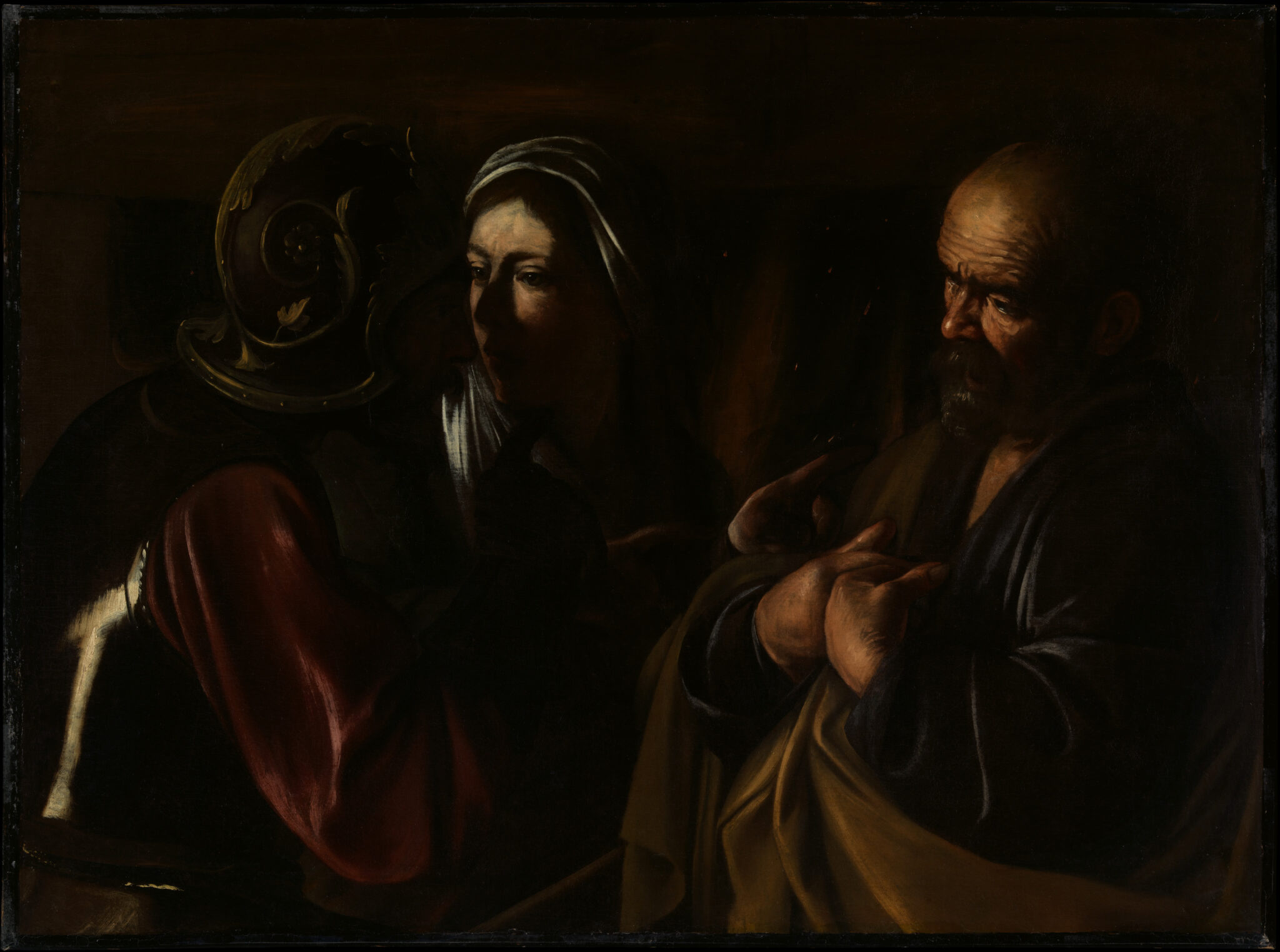Art History 101
The Renaissance was an art movement dominated by clear, religious iconography. In the twilight of the 16th century, close to the tail end of the revivalist art movement, Caravaggio cast the Renaissance into shadow.
An Introduction to Chiaroscuro

Michelangelo Merisi da Caravaggio, best known simply as Caravaggio, was a painter working in Rome at the close of the 16th century. The late Renaissance saw an increasing turn towards new methods of pictorial representation. Many broke away from the traditions established decades prior by the likes of Raphael or Leonardo da Vinci. Caravaggio’s work clearly turns away from methods used by his predecessors, most clearly marked by his intense use of chiaroscuro.
Chiaroscuro, or “light-dark,” refers to the use of strong contrast between light and dark areas of an artwork. Caravaggio used this technique aggressively, often foregoing all superfluous detail and background to enshroud his figures in total darkness. Caravaggio’s penchant for outlining his figures with inky blackness came to be referred to as Tenebrism, from the original Italian Tenebroso. Tenebrism is an extreme form of contrast that sets an illuminated figure apart from total shadow. This technique is signature to Caravaggio’s work, setting him apart from his contemporaries and ensuring his lasting impact on the art world.
Playful or Grotesque?

In the same way that Caravaggio’s art embraced a visual balance between light and dark, so did the subject matter he depicted. Some of his work takes on a lighthearted, playful energy. Take Boy bitten by a Lizard, for instance. A foppish, perhaps androgynous figure recoils in shock, hands daintily raised. He appears surprised by the lizard that dangles from his finger. Even in his shock, the figure maintains a certain relaxed affect, denoting the humorous nature of the painting. Note also the absence of chiaroscuro. Caravaggio often reserved his intense, darker style for more serious subject matter, usually decidedly religious artwork.

How then might this contract with a piece such as David with the Head of Goliath? While the figure shares the youthful demeanor seen in Boy Bitten by a Lizard, this piece takes on a more dolorous tone. David calmly inspects Goliath’s severed head, which he holds at some distance from himself. On his face, we can detect a hint of resolution, an acceptance of the violent act he’s committed. Blood trickling down and eyes half open, Goliath’s severed head makes for a grisly image. The entire scene is cast into dark shadow. Only David and the head are visible, lit brightly against their surroundings. The high contrast only intensifies the gruesome nature of the scene, demonstrating Caravaggio’s power to enchant or even horrify through his use of light and shadow.
Goliath as Self-Portrait
The unsettling nature of Caravaggio’s David with the Head of Goliath extends beyond the depiction of the aftermath of a killing. The head serves as a self-portrait for Caravaggio himself. Why would Caravaggio insert himself in place of the brutish giant? Perhaps a guilty conscience played a part. Caravaggio fled Rome after committing murder amidst an illegal duel in 1806, at most a few years before he painted this artwork. He would spend the brief remainder of his life in hiding. He was unable to return to Rome and perhaps unable to absolve himself of his crime. The murder has added to the mythos of Caravaggio’s life and art. Perhaps he carried within himself the very same darkness he put to canvas. Regardless, his influence on the history of art, thanks to his unprecedented use of both glorifying light and eerie darkness, is undeniable.
